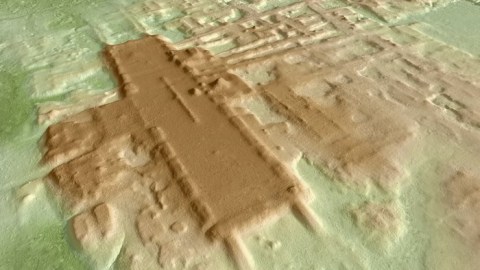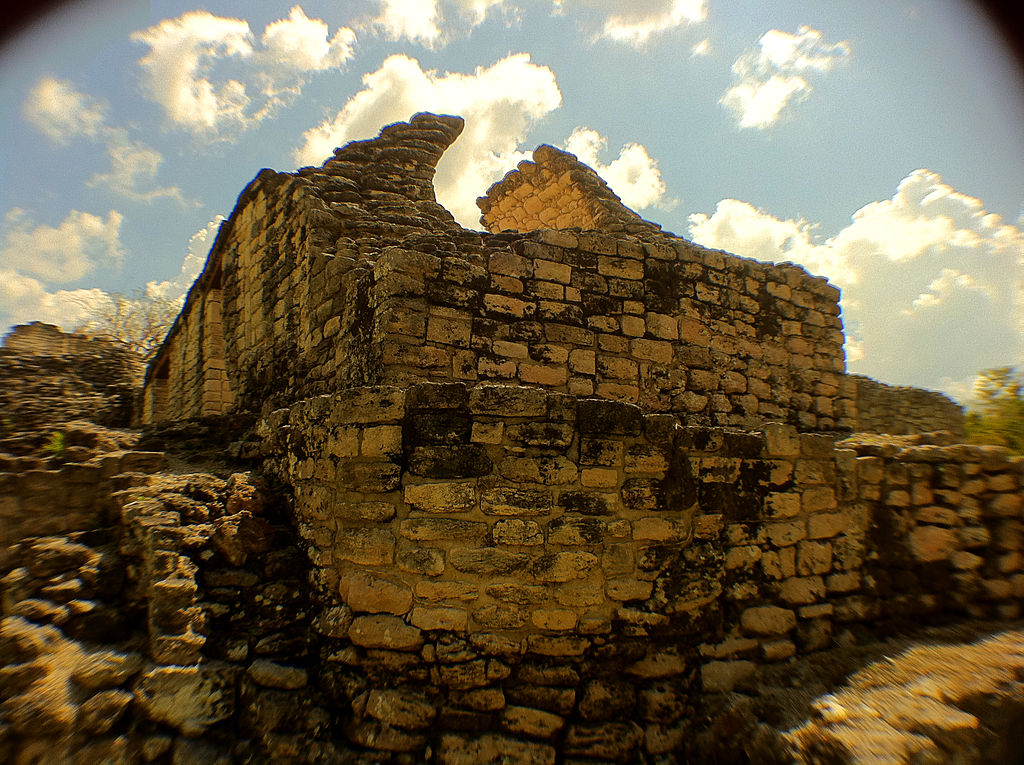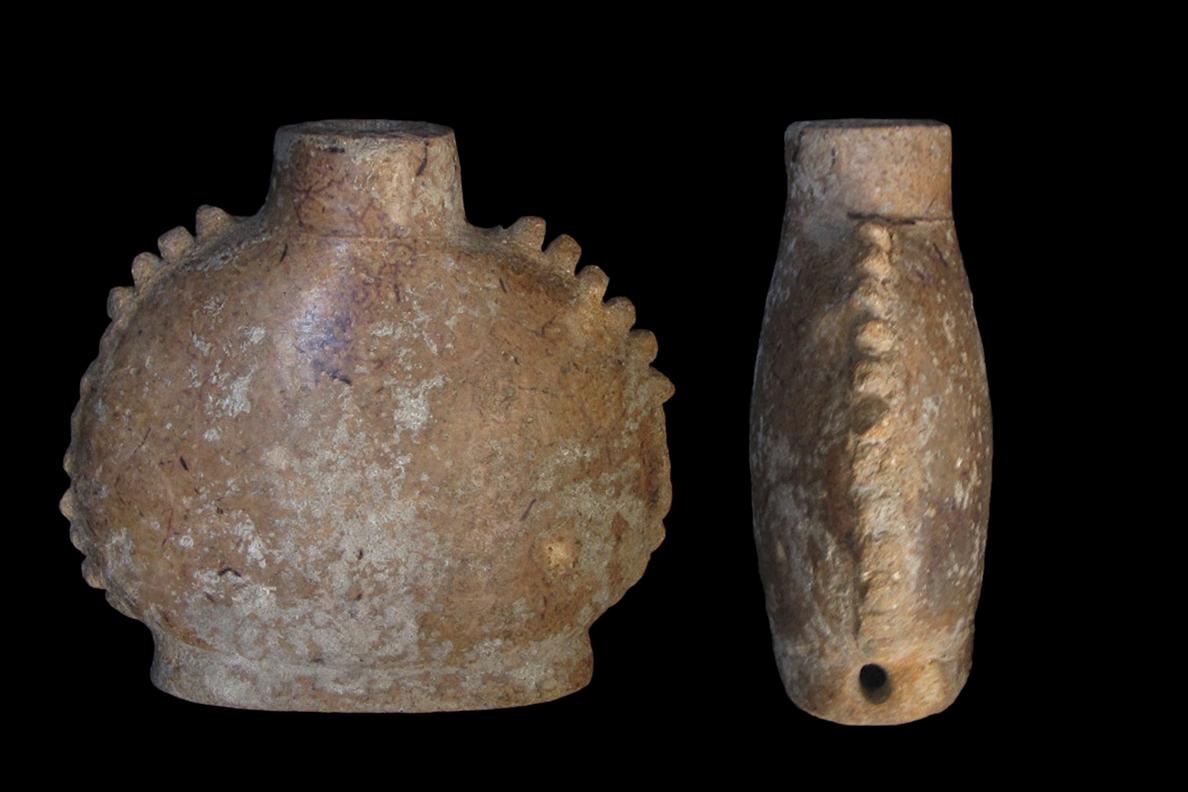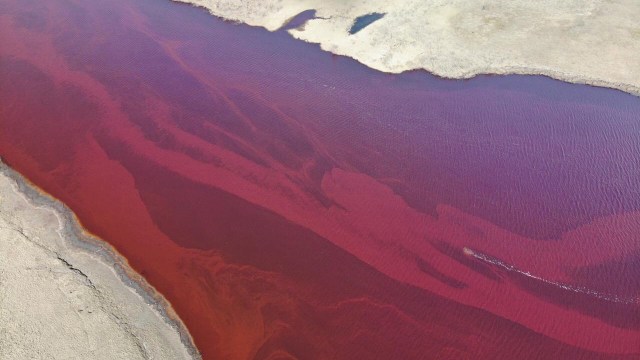Archaeologists find largest-ever Mayan complex hiding in plain sight

Credit: Takeshi Inomata
- Archaeologists used laser-based aerial surveys to discover the oldest and largest Mayan structure ever found.
- The 3,000-year-old complex in the Mexican state of Tabasco was likely used as a ceremonial center.
- Researchers believe the site represents a communal society rather than one based on worshipping elites.
The southern tip of Mexico is hiding a giant Mayan structure from about 3,000 years ago, new research shows. The nearly one mile-long monument may be the oldest and largest ever found from the mysterious civilization. An accomplishment of this magnitude is making scientists rethink what they know about the knowledge of the ancient Mayans.
The site, known as Aguada Fénix, was discovered in the state of Tabasco, near the Gulf of Mexico. The complex, likely used as a ceremonial center and a place of gathering, was essentially hiding under the feet of modern-day Mexicans who live above the massive structure. It’s 4,600 feet (1,400 meters) long and likely dates to between 1000 and 800 BCE. That time period, specifically, the year 950 BCE, also produced another Mayan site, known as Ceibal, which was previously considered the oldest-ever ceremonial center.
While potentially being even older, Aguada Fénix is also much larger and incomparable to anything else from that time, concluded the archaeologists led by University of Arizona professors Takeshi Inomata and Daniela Triadan.
“To our knowledge, this is the oldest monumental construction ever found in the Maya area and the largest in the entire pre-Hispanic history of the region,” the researchers wrote in their study.
The research uncovered the secret of Aguada Fénix, which looks like a natural landscape above, via aerial surveys using the remote sensing method LIDAR. The analysis, which had laser beams sent from planes through the thick canopy of trees, showed an elevated platform that’s almost a mile (1,413 meters) north to south, a quarter-mile (399 meters) east to west, and as much as 33 to 50 feet (15 meters) high. The platform also has nine wide causeways leading away from it, as well as small structures and artificial reservoirs around it.
“Artificial plateaus may be characterised as horizontal monumentality, which contrasts with the vertical dimensions of pyramids,” explained the archaeologists. They connect the look of Aguada Fénix with what is known as the Middle Formative Usumacinta (MFU) pattern, distinct for its rectangular shape and rows of low mounds.
Another interesting find relates to the lack of statues shaped like humans in the ancient settlement. The scientists think this points to the fact that the society that lived there had no “clear indicators of marked social inequality, such as sculptures representing high-status individuals.” In fact, the only stone sculpture they discovered in the area was of an animal.
This type of social organization, which was possibly less hierarchical and more communal, would be in great difference to other ancient people who inhabited the region like the Olmec from the nearby state of Veracruz. Their culture is known to have produced colossal stone heads.
“This kind of understanding gives us important implications about human capability, and the potential of human groups,” Inomata shared, adding “You may not necessarily need a well-organised government to carry out these kinds of huge projects. People can work together to achieve amazing results.”
Check out the new paper “Monumental architecture at Aguada Fénix and the rise of Maya civilization” published in Nature.





